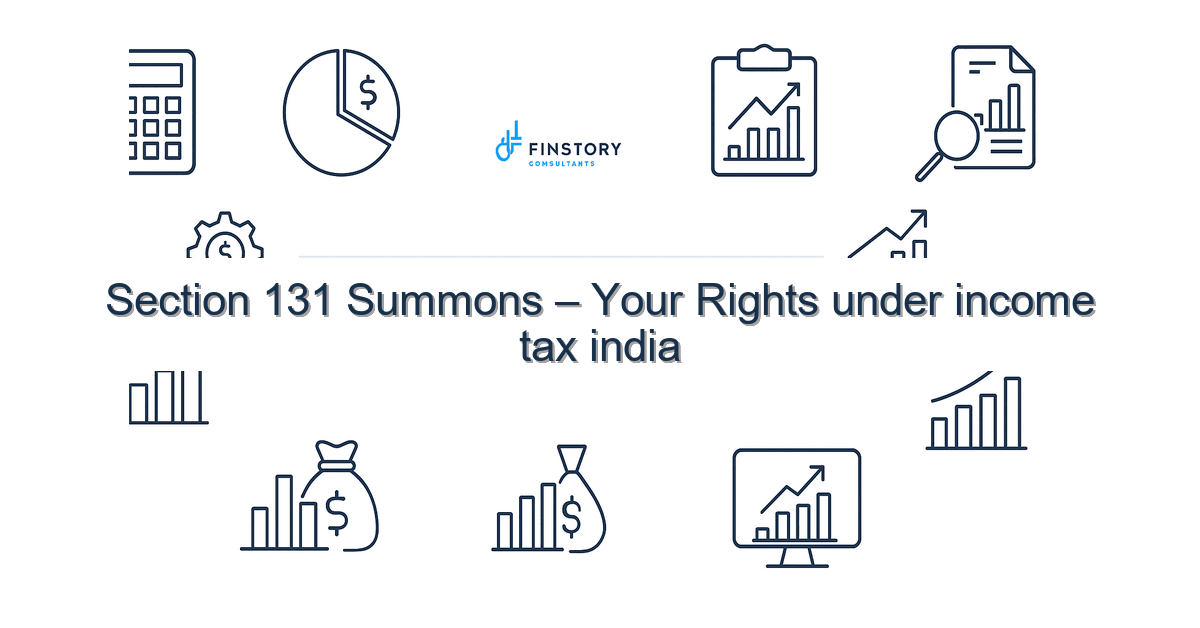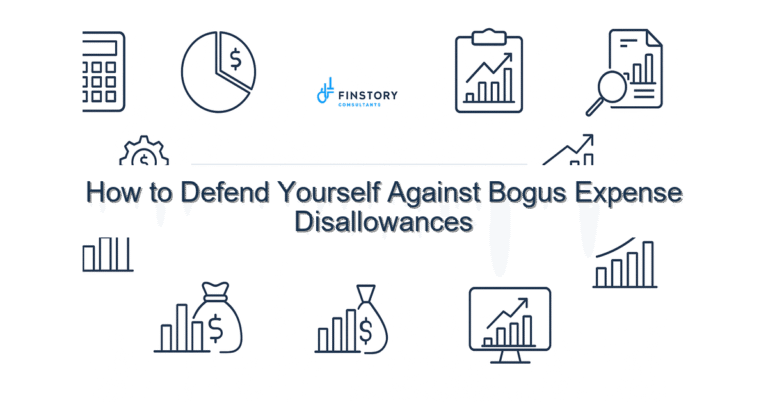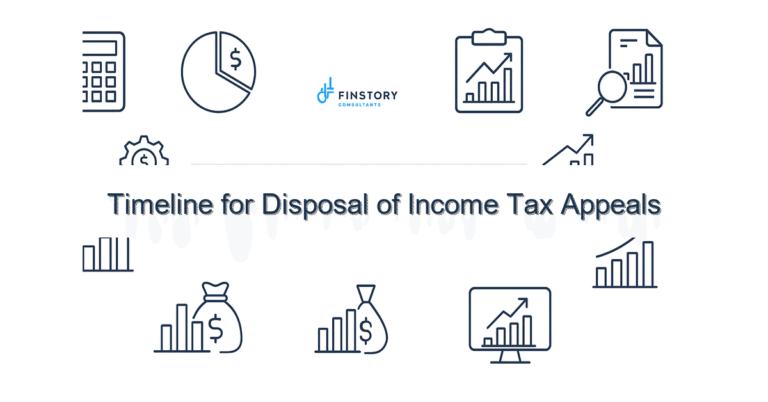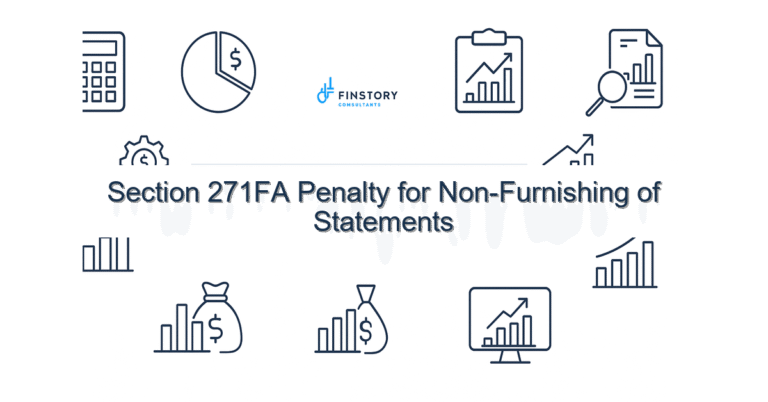Section 131 Summons – Your Rights under income tax india
Receiving a summons under Section 131 can feel terrifying—especially when payroll, investors and year-end filings are on your plate. If you’re a salaried taxpayer, professional, founder or finance head, this guide explains your rights and practical steps in the income tax india context so you can respond without panic.
Summary: A Section 131 summons is a formal power for tax authorities to call you or your records; you have procedural rights (notice, time to comply, counsel) and practical options (seek clarifications, provide certified copies, reconcile TDS/TCS with AIS/26AS) that reduce risk—don’t ignore it, document everything, and get specialist advice.
What’s the real problem in India? (income tax india)
In India, the Assessing Officer (AO) may issue a Section 131 summons during assessment or inquiry (relevant AY/PY referenced). The CBDT periodically updates timelines and guidance, but field officers still rely on summons to collect evidence. For taxpayers and finance teams, summons often arrives at a bad time—near ITR filing last date, audit close, or board review—adding compliance and reputational risk.
- Symptom: A surprise summons demanding books, bank statements or personnel attendance within days.
- Symptom: Mismatch flagged in AIS/26AS or TDS/TCS records prompting detailed questioning.
- Symptom: Requests for originals when certified copies would suffice, increasing operational exposure.
- Symptom: Founders or finance heads pulled into long meetings without counsel, increasing risk of inconsistent answers.
What people get wrong
- Assuming a summons equals guilt—many are routine fact-finding exercises.
- Handing over original documents unnecessarily instead of certified copies or redacted sets.
- Answering off-the-cuff without reconciling books to Form 26AS/AIS, leading to adverse inferences later.
- Ignoring jurisdictional or procedural defects: summons must be in writing, signed and specify the grounds and time allowed.
- Failing to involve legal/tax counsel early; losing the chance to raise relevance or privilege objections.
A better approach
Adopt a short, repeatable framework so your team can act calmly and consistently.
- Step 1 — Pause & verify: Confirm the summons is properly issued, dated, signed and within AO jurisdiction. Note the AY/PY and specific documents requested.
- Step 2 — Engage counsel: Inform your tax lawyer and in-house finance lead immediately. Ask for an adjournment if the timeline is tight.
- Step 3 — Reconcile & prepare: Map requested items to your ledgers, bank statements, payroll, TDS/TCS certificates and AIS/26AS. Identify gaps (e.g., missing TDS) and prepare reconciliations.
- Step 4 — Provide controlled documents: Produce certified copies, maintain originals in safe custody, and log every document produced. Record minutes of any meeting and have a witness (counsel or senior finance person).
- Step 5 — Follow up & close: Get an acknowledgement for materials produced, meet any follow-up with clear timelines, and update internal controls to prevent recurrence (e.g., reconcile Form 26AS monthly).
Short story: A startup CFO faced a Section 131 call about possible unreported payments. By requesting time, reconciling TDS with AIS/26AS and providing certified bank statements and payment vouchers, the matter closed without any penalties—what could have been weeks of disruption was limited to a few documented meetings.
Quick implementation checklist
- Confirm identity and authority of the officer issuing the summons.
- Note date, time, place, documents and attendees requested; request reasonable time in writing if needed.
- Engage external tax counsel and assign a senior internal owner (CFO/FP&A lead).
- Reconcile requested items with books, bank statements, payroll and Form 26AS/AIS.
- Provide certified copies; keep originals logged and stored securely.
- Record minutes, objections and any privilege claims; avoid volunteering extra information.
- Ask for a written list of questions in advance where possible.
- Check for related deadlines like ITR filing last date, audit timelines and investor reporting needs.
- Update your internal playbook and retrain staff after closure.
What success looks like
- No penalties or prosecution resulting from the summons.
- Fast closure of the inquiry with written acknowledgement from the AO.
- Reconciled TDS/TCS and AIS/26AS differences corrected and reflected in subsequent ITR or TDS returns.
- Minimal business disruption: meetings handled within planned windows and no unauthorised disclosure of sensitive data.
- Improved internal controls (monthly 26AS reconciliations, backup for payments) reducing future risks.
Risks & how to manage them
Non-compliance or poor handling can lead to penalties, prosecution, assessment adjustments, and reputational damage. Manage these risks by documenting every step, involving counsel early, producing only what’s necessary, asserting privilege carefully, and challenging overbroad or defective summons through appropriate legal remedies (e.g., writ or application to higher authorities) when warranted.
Tools & data
- Form 26AS and AIS exports — reconcile TDS/TCS and reported income.
- ERP/accounting system, bank statements, payroll records and vendor contracts.
- Document log template (production list, acknowledgements, witness statements).
- Legal checklist and standard response templates for summons and adjournment requests.
- Internal controls: monthly 26AS reconciliation, TDS certificate tracking and capital gains indexation records where relevant.
Next steps
If you receive a Section 131 summons, don’t ignore it. Start by verifying the summons, loop in counsel, reconcile records (especially AIS/26AS and TDS/TCS), and prepare certified copies with clear documentation. For help mapping this into your processes and dashboards—so you’re ready the moment a summons lands—contact Finstory.
Work with Finstory. If you want this done right—tailored to your operations—we’ll map the process, stand up the dashboards, and train your team. Let’s talk about your goals.
Note: This note is practical guidance and not a substitute for formal legal advice. For disputes or litigation related to income tax india matters, consult a qualified tax lawyer. Also see [link:ITR guide] for related filing guidance (ITR filing last date, Section 80C limit, new vs old regime slabs and more).
📞 Need help with Income Tax in India?
Book a 20-min consultation with our tax team. Individuals, founders & MSMEs welcome.
Prefer email or phone? Write to info@finstory.net
or call +91 44-45811170.






